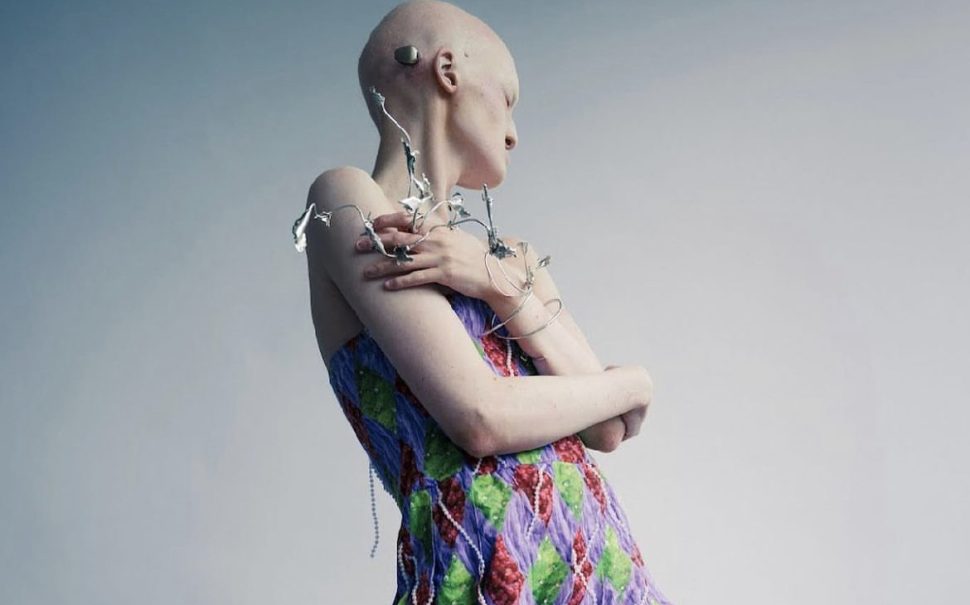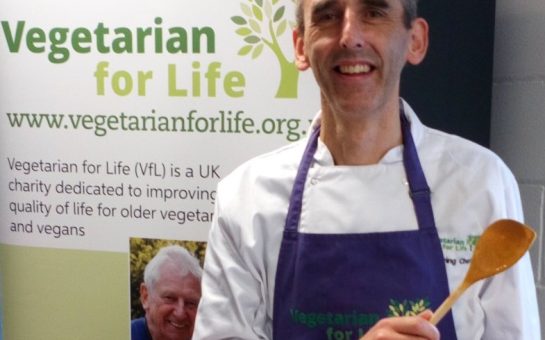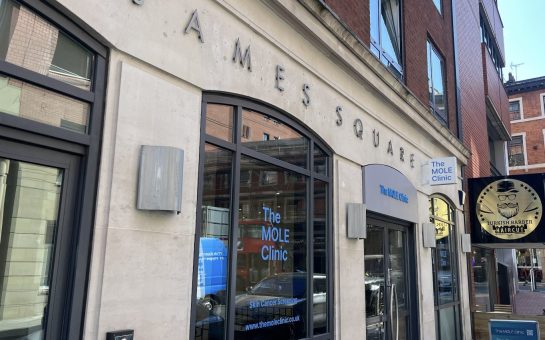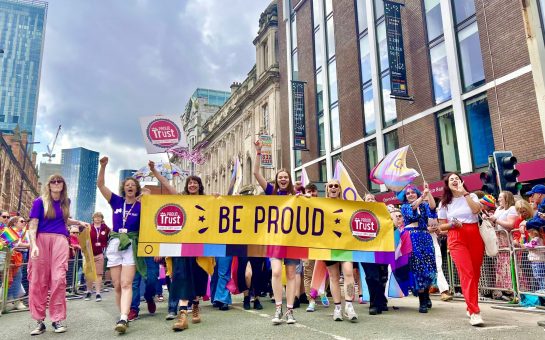A disabled woman from West Yorkshire is taking the modelling scene by storm after years of bullying due to her rare syndrome.
Hannah Harpin, 20, from Mirfield, West Yorkshire, was born with Hay-Wells Syndrome, an extremely rare condition which leads to the abnormal development of the skin, hair, nails, teeth and eyes.
In February Hannah walked the London Fashion Week show and stunned everyone with her confidence.
And Hannah admits the sense of pride she felt was not only for herself, but also for the disabled community.
She said: “My family were so proud but I’m just extremely proud of the whole team and people who walked it.
“The production team not only used disabled models but used disabled stylists and people behind the scenes.”
Hannah’s journey to get where she is now hasn’t been easy, having been the victim of regular bullying during her high school years.
She said: “I started to realise I was different in primary school, the girls treated me so well but it was usually the boys that didn’t.
“When I got into high school that’s when the bullying started and because of my deafness I had a language barrier I didn’t understand what people were saying to me half the time.”
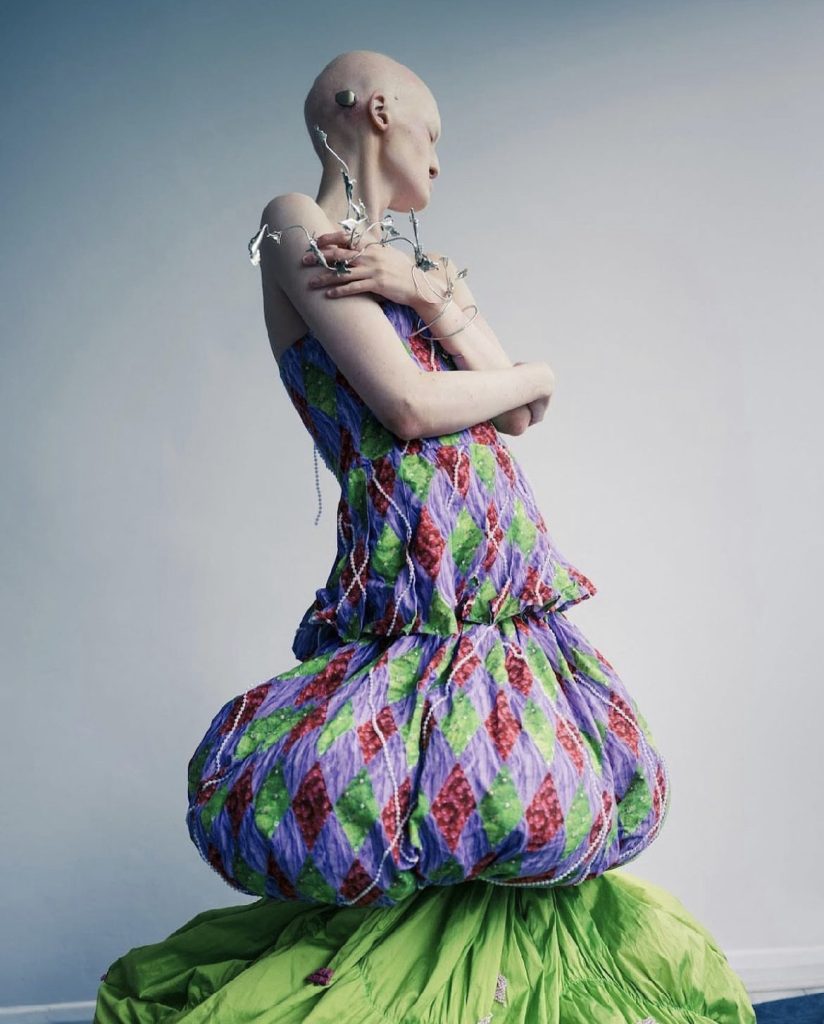
Hannah also struggled with her sense of place in the world – and attending her local church each week only made it worse.
“Growing up I used to go to church and they used to say God will heal you and things like that,” she said. “And that’s when I realised I didn’t want to be healed, basically they wanted me without my disability they saw me as my disability and not as me.”
Through all these obstacles Hannah kept a positive attitude and is now an advocate for disabled equality in the modelling industry.
She explained that she doesn’t only want equality but equity – the same resources and opportunities – for those who have disabilities.
“It’s definitely made me grow as a person and want me to spread more hope for people, some people don’t understand the difference between equality than equity we want opportunities that will help us achieve the same things as other able-bodied people,” she added.
“I was interested in modelling since I was little, you never saw any bald models or women with alopecia, but you saw bald men a lot growing up, I think beauty standards are wrong, women are expected to not show body hair yet must have a full head of hair.
“When I was younger when I used to go out, I noticed that a lot of children wouldn’t play with me, or their parents wouldn’t want me playing with them because they didn’t know anything about my disability and just didn’t want to be around me. I wish people knew more about it so people could be educated.”
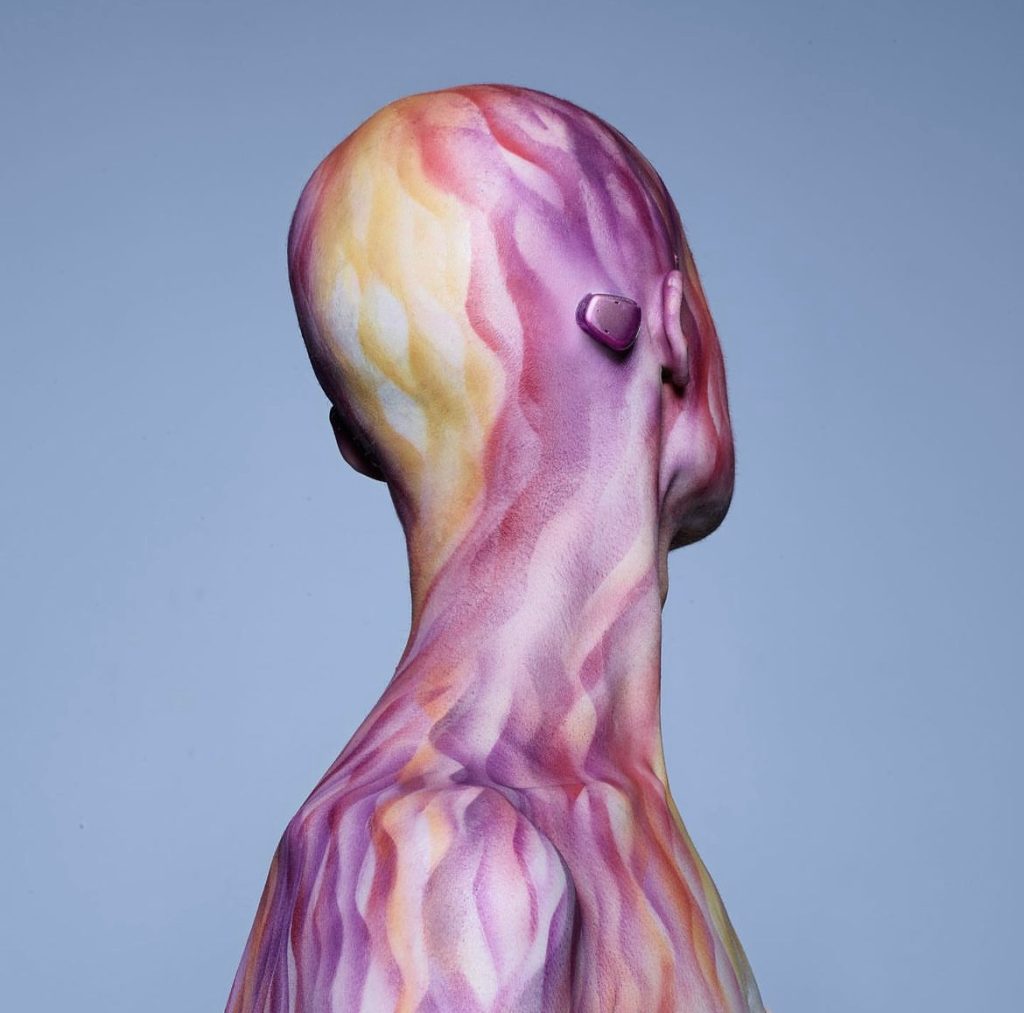
But Hannah has never had any anger towards her bullies. She often advocates that she forgives them because they simply do not understand her disability to get to know her, and in turn has created the feelings they had towards her during high school.
She said: “I actually kept it a secret that I didn’t have any hair throughout high school by wearing wigs but someone revealed to everyone that it was a wig and that was a massive turning point in my life but it was just something I had to get on with.”
Hannah’s positive attitude radiates through on her personal TikTok account which has gained her more than 75,000 followers. Her account is full of positive self-love posts and encouraging people to express themselves in any way they wish to.
“Being on social media has definitely made me into a more confident person,” said Hannah, who hopes to one day set-up a wig donation charity to help people who struggle financially to afford wigs. “But there are some aspects of it that a lot of people do not see and things that other influencers don’t speak about which is the toll it can take on your mental health.
“As much as I love doing what I’m doing there’s the added pressure of anxiety that people don’t see through the phone.
“I sometimes get hate comments on my videos but all that really doesn’t matter when you have so many positive comments, people telling you that you’ve helped them become more confident, everything is worth it.”
